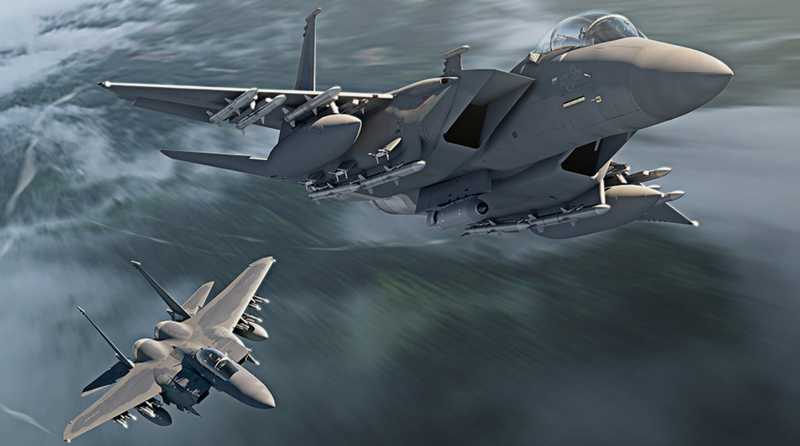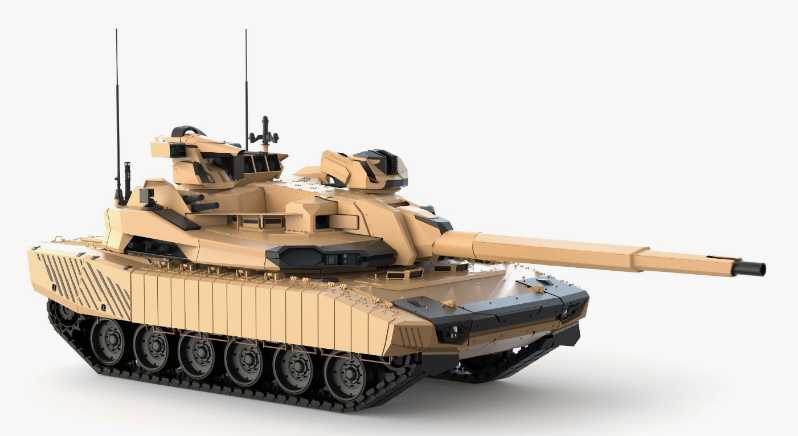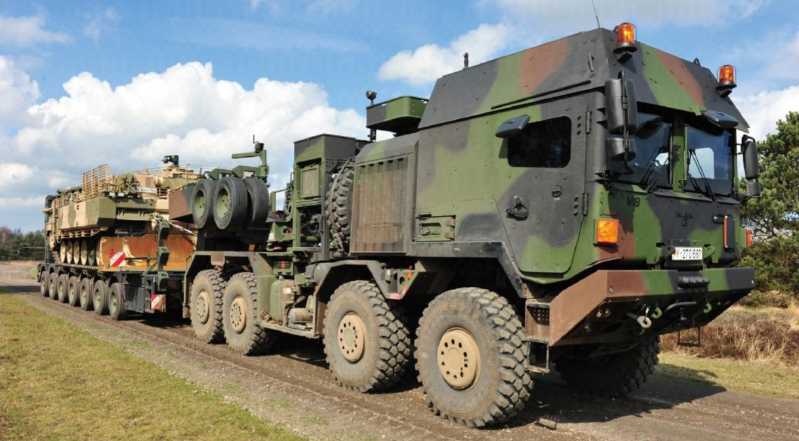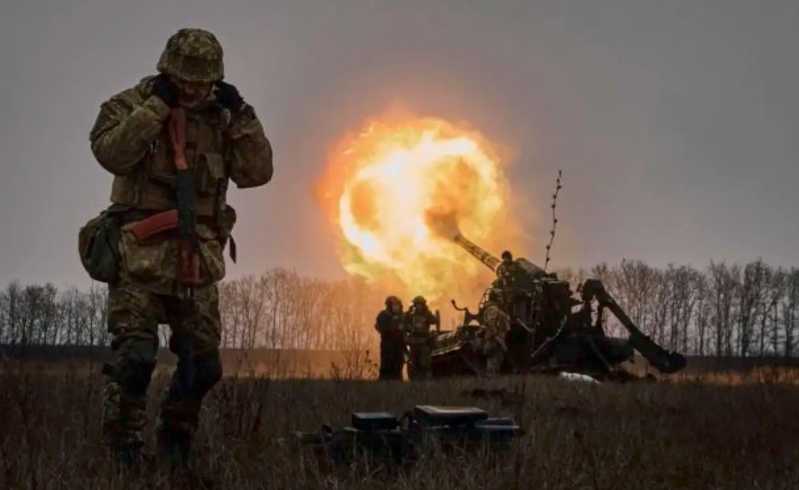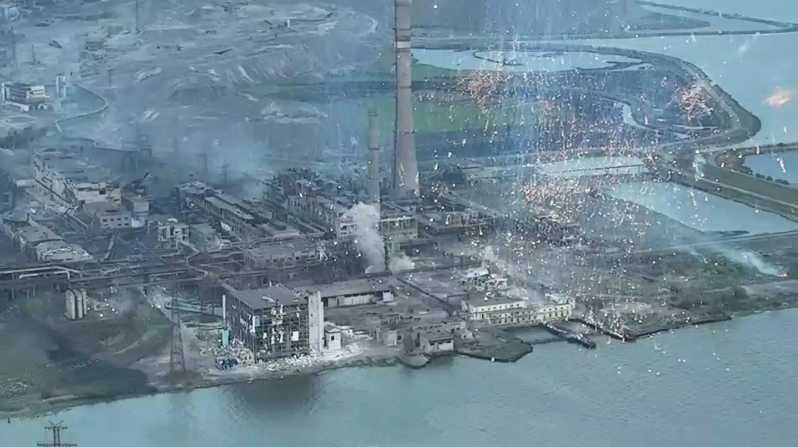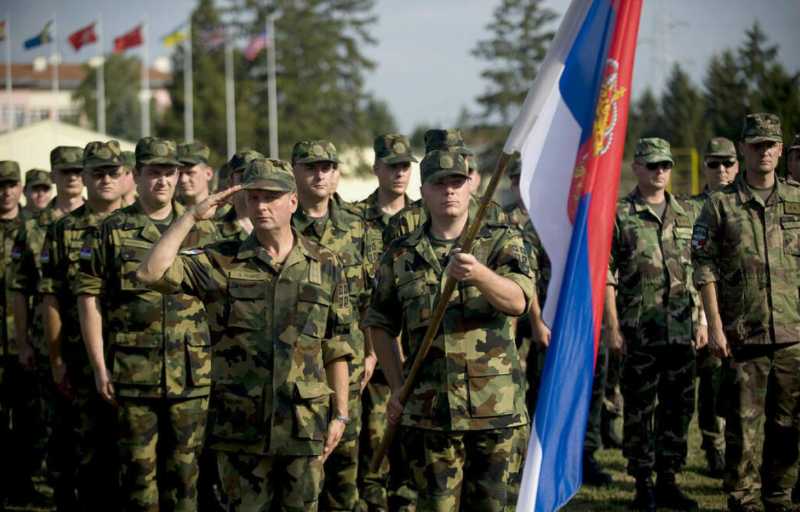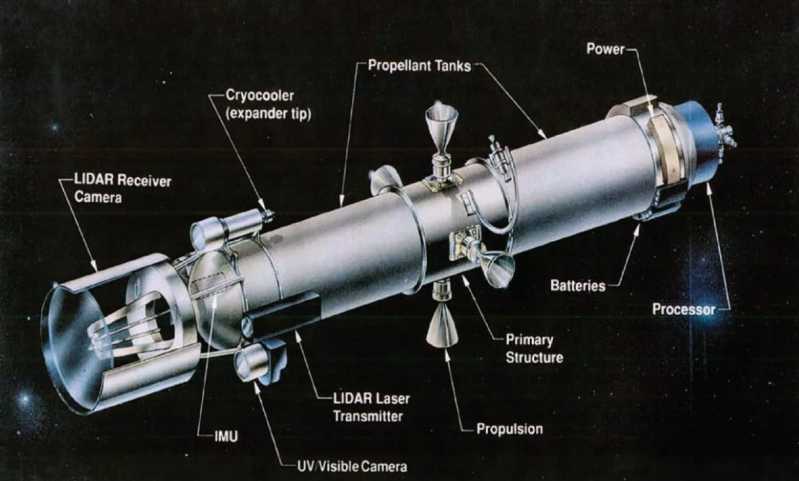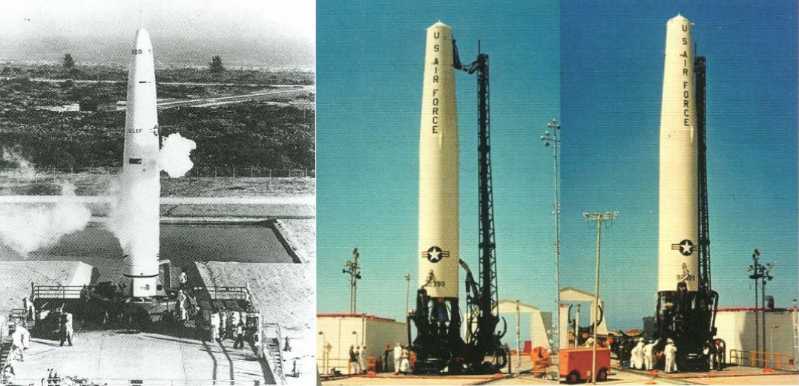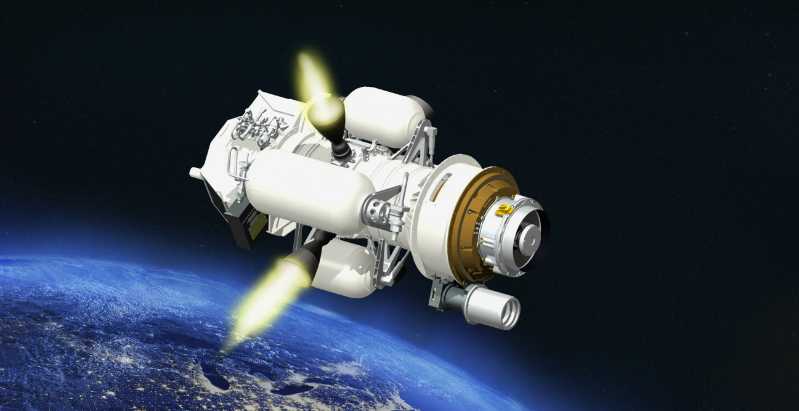On December 11, 2023, Taiwan’s "China Times" reported that the 140 F-16A/Bs executed by Taiwan’s Hanxiang Company were converted to F-16V projects, and the last one was delivered on the 21st of this month. The report also emphasized that, with the Taiwan Air Force purchasing another 66 newly manufactured F-16V fighters from the United States, which are expected to be delivered in 2026, the number of Taiwan’s F-16V fighters will reach 206, becoming the "world’s first". Not only that, in the mouths of some "experts" on the island, the F-16 fighters that have been in service for more than 20 years have become "small F-35s" after upgrading, and are "the strongest fighters in active service in the Taiwan military." Behind these noisy "first" and "strongest", let’s take a cold look at the "quality" of the F-16V fighter.
"High hopes"
As we all know, the F-16 is a light multi-purpose fighter produced by Lockheed Martin of the United States. Since it was first put into service in 1978, the F-16 has been hailed as the "king of fighters" for its excellent maneuverability, firepower and electronic warfare capabilities. However, with the development of the times, the F-16 is also facing more and more challenges, especially under the threat of stealth fighters, the survival space of the F-16 is getting smaller and smaller. In order to improve the performance and combat effectiveness of the F-16, Lockheed Martin launched an upgrade plan in 2012 - F-16V, V stands for Viper, which means "Viper", and is intended to show the ferocity of this new combat platform. Specifically on the island of Taiwan, the United States approved the upgrade of 141 F-16A/BBlock20 fighters in service of the "Taiwan Air Force" through arms sales in 2011. The "Taiwan Air Force" immediately launched the F-16 fighter upgrade case code-named "Phoenix Exhibition Project" in 2012. The upgraded model is F-16V, which is mainly equipped with new AN/APG-83 active phased array radar, joint helmet targeting system, AN/ALQ-213 electronic warfare management system, automatic collision avoidance system, flight control computer, and enhanced fuselage and landing gear structure, and painted with stealth coating.
The media on the island claimed that after a comprehensive upgrade, the F-16V can be regarded as a 4.5-generation fighter. The Taiwan authorities have high hopes for the F-16V fighter, believing that it is the life-saving straw of the "Taiwan Air Force". In November 2021, the first F-16V fighter wing of the "Taiwan Air Force" that completed the upgrade operation held a ceremony for the acceptance of the army at the Chiayi base. Tsai Ing-wen, the leader of the Taiwan authorities, attended the ceremony and boasted that the fighter "enhanced stealth performance, long-range detection and beyond-visual-range combat capabilities, and greatly improved performance", claiming that the F-16V "can better respond to modern warfare forms." Earlier, then-Taiwan Air Force Chief of Staff Fan Dawei and then-Taiwan Defense Minister Feng Shih-kuan both publicly declared that "the F-16V can rival the PLA’s J-20 stealth fighter", which was ridiculed by the outside world.
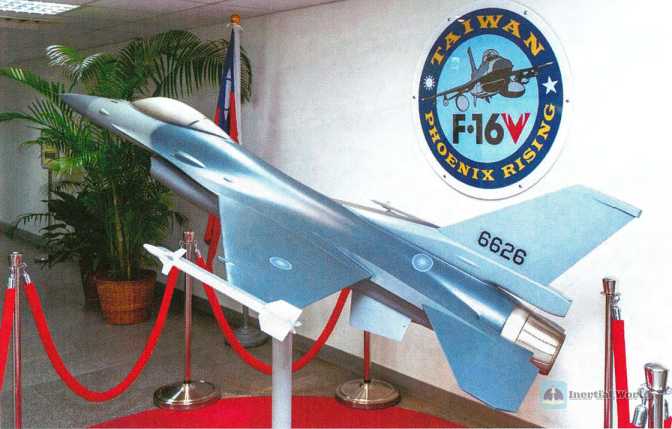
The reason why the island is so "loving" the F-16V fighter is mainly concentrated in the following three aspects:
The first is radar performance. According to Lockheed Martin, as the "core and soul" of the F-16V fighter, the APG-83 radar used by this type of fighter has 95% commonality with the AN/APG-81 radar equipped on the F-35 fighter. The maximum search distance for large air targets is 370 kilometers, which is said to be able to detect stealth fighters to a certain extent. Therefore, it has increased by more than 30% compared with the APG-66(V)3 radar used on the F-16A/B fighter of the Taiwan Air Force. In addition, in August 2023, the United States approved the sale of "infrared search and tracking pods (IRST)" to Taiwan. Analysts on the island believe that this means that the F-16V of the "Taiwan Air Force" can use its infrared spectrum to enhance the pilot’s tracking and engagement capabilities in environments where traditional radar technology is rejected.
The second is stealth capability. In the F-16V upgrade of the Taiwan Air Force, the fuselage is painted with HAVE GLASSI radar absorbing paint (RAM). According to Lockheed Martin, this wave-absorbing coating can reduce the F-16’s radar cross-section (RCS) by 20-30%. It should be noted that this stealth coating is a technology from more than 20 years ago, and there is still a certain gap compared with the HAVEGLASS V used on the US military’s latest stealth fighter F-35. It is just that this coating has formed a so-called "technical advantage" over traditional fighters.
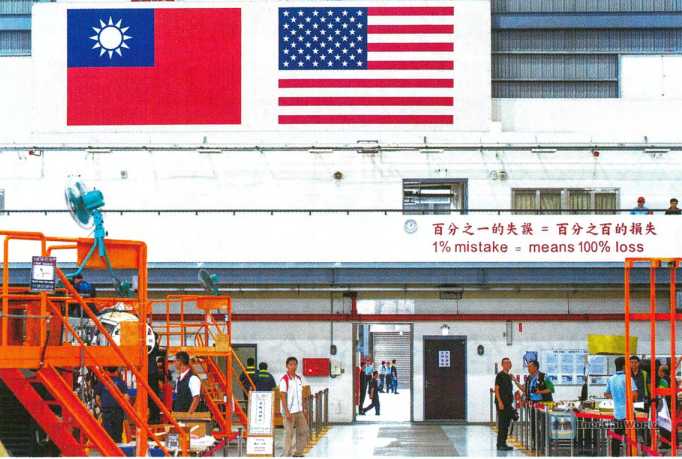
Third, it is the attack capability. At present, the modified version of the "Taiwanese Army" F-16V can carry 8 AIM-120 medium-range air-to-air missiles and 2 AIM-9X short-range air-to-air missiles, or 28 small medium-range air-to-air missiles, and can also launch the AGM-154 series of joint air-to-surface standoff missiles JSOW, AGM-84 "Harpoon" anti-ship missiles, and various laser-guided bombs and satellite-guided bombs. The newly purchased F-16V is equipped with the AN/ALQ-211A electronic warfare system and the ALE-50 towed decoy system, which significantly improves the electronic countermeasure capability against air defense missiles and air-to-air missiles.
"Toothless Tiger"
In terms of quantity, the "Taiwan Air Force" has a fighter fleet of not small size. In 2021, the well-known British aviation magazine "International Aviation" stated that the number of fighter jets currently in the Taiwan military has ranked 10th in the world, exceeding all European countries and Japan except Russia.
The "Taiwan Air Force" currently has 140 F-16 fighters, 54 "Mirage" and 127 "Chiang Kai-shek". In addition to the 66 new F-16V fighters that the United States has promised to deliver by 2026 at the latest, Taiwan will indeed have what is known as the "world’s largest F-16 fleet", and the number of its fighters will exceed 385.
However, behind the biggest "paper data" is that a considerable number of Taiwan’s military aircraft are seriously aging, and some "antique aircraft" have even been ridiculed as "iron coffins". For example, the "Zhongzheng" fighter (F-5E), named in 1974 to celebrate Chiang Kai-shek’s birthday, has been in service in Taiwan for nearly 50 years, far exceeding the expected service life, but there are still more than 30 in use, and it still needs to be supported until 2024.
In addition, Taiwan’s American F-16 and French "Mirage" fighters have been in service for 25 years. Not only are they far behind the times, they have also been seriously aged in Taiwan’s high temperature, high humidity, and high salt environment. The US military stationed in South Korea had two F-16 crashes in just one year in 2023. The most recent one occurred on December 11, 2023, just when the media on the island made a big fuss about Taiwan Hanxiang Company just completing the last F-16 (No. 6805) of the Taiwan Air Force in early December. As soon as the news came out, the media on the island immediately raised concerns about the safety of the existing F-16s of the Taiwan military.
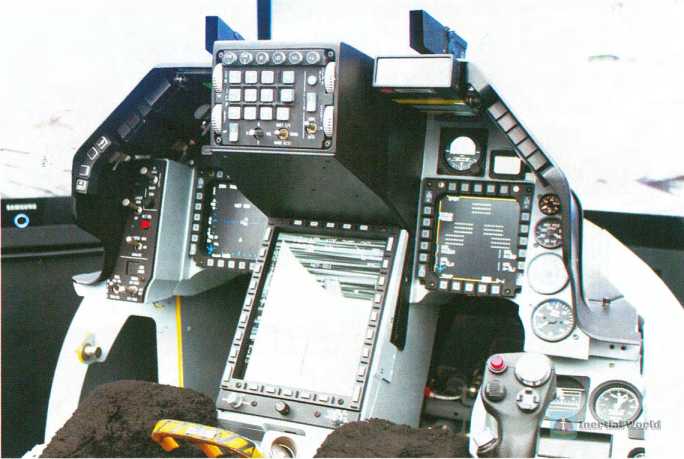
In fact, the self-aware Taiwan military launched the "Phoenix Exhibition Project" to upgrade the F-16V, and then launched the "Phoenix Xiang Project" to import 66 new F-16Vs from the United States. Moreover, according to the Taiwan Air Force’s plan, the F-16V modification project of the "Phoenix Exhibition Project" should be completed in 2023, while the delivery of the F-16V of the "Phoenix Xiang Project" will start in 2023 and be completed in 2026.
In terms of quality, the F-16Vs currently in the hands of the Taiwan Air Force are upgraded from the 150 F-16A/B Block20 fighters purchased from the United States in the 1990s. Even if the name of this batch of fighters is changed to F-16V after the upgrade, the base of the fuselage is still the F-16A/B fighter. The real F-16V fighter refers to the F-16Block70 fighter that the United States wants to export to Bahrain, which is an improvement on the F-16E/FBlock60 model. This is the real F-16V fighter.
The 66 newly manufactured F-16Vs purchased by the "Fengxiang Plan" belong to the Block70 fighter, which are equipped with a General Electric turbofan engine (F110-GE-132) with a thrust of 14.6 tons, Link-16 data link, and a new towed decoy (AN/ALE-50) and electronic warfare system (AN/ALQ-211A(V)4). It can be said to be the most advanced F-16 model.
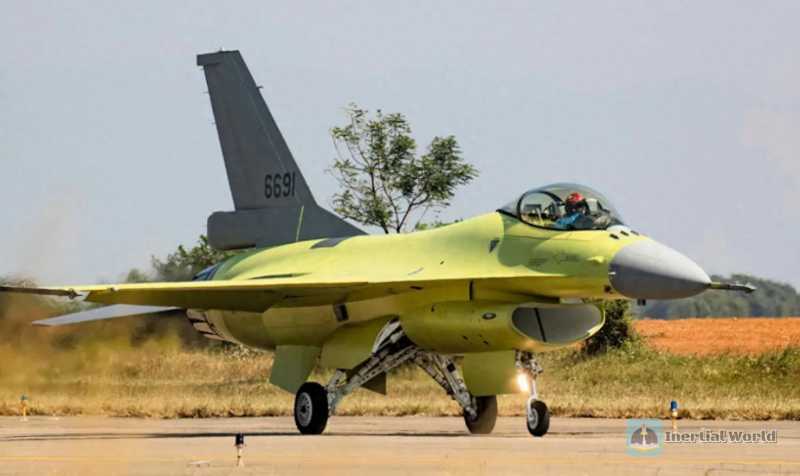
Therefore, in the foreseeable future, in addition to the 140 "fourth-generation and a half" fighters upgraded to F-16V, we can only rely on these 66 F-16C/D Block70 to expand the "fourth-generation and a half club", increase the proportion of "fourth-generation and a half" fighters in the Taiwan Air Force, and achieve a certain "balance" with the mainland. In fact, the new F-16V purchased by Taiwan was originally scheduled to be delivered in early 2023, but due to the impact of the epidemic, the delivery of the first fighter has been confirmed to be delayed. The factory time has been revised to the third quarter of 2024, and the entire case will complete the production and delivery of all fighters by the end of 2026.
What makes the Taiwan military "angry but not able to speak out" is that due to the impact of the Russia-Ukraine conflict, the delivery time of US weapons sold to Taiwan has been generally delayed: the new reconnaissance pod is expected to be delivered in 2029, and 56 AGM-154C "Joint Long-Range Weapons" (JSOW) and AGM-84H "SLAM-ER" anti-ship missiles with a range of 270 kilometers will not be delivered until 2030. Netizens on the island questioned, "Isn’t delayed delivery considered a breach of contract? No compensation required? It can be said that although the F-16V has engines, it is seriously short of ammunition and is a "toothless tiger". Therefore, if all the more than 200 F-16Vs of the Taiwan Air Force want to form a complete combat capability, they will have to wait another 7 or 8 years.
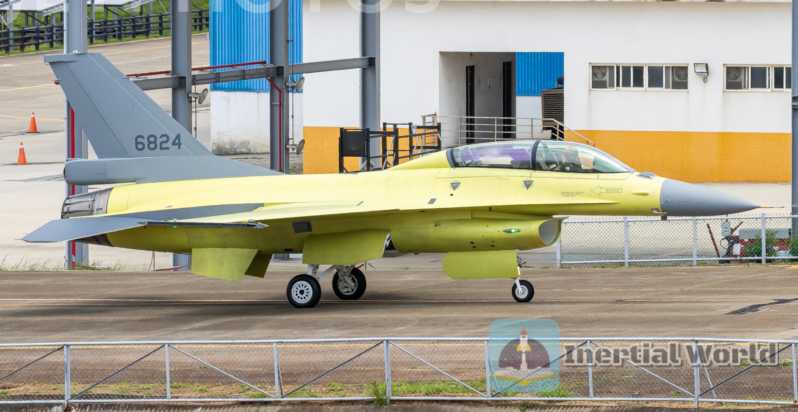
Whistling on the night road
The "Taiwanese Army" has always placed high hopes on the F-16V. Therefore, even though they knew that they were the Americans’ suckers, they still formulated the "Phoenix Exhibition Project" and the "Phoenix Xiang Project" to upgrade and modify the existing 14 at a price of NT$140.2 billion. 1 F-16V, and another NT$247.228 billion (approximately US$8 billion) to purchase 66 brand new F-16Vs. In total, the price of modifying and upgrading an F-16V reached about US$32 million, and the unit price of purchasing a brand new F-16V fighter reached an astonishing US$120 million.
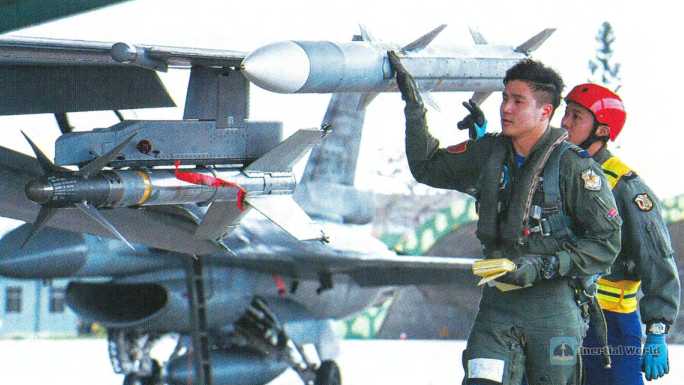
In contrast, according to the 12th batch of low-speed initial production contracts (Lot12) negotiated by the US Department of Defense and Lockheed Martin in 2019, the unit price of the Air Force F-35A has dropped to US$81 million, which is more than the price of Taiwan’s new F-16C/D Block70’s $120 million is lower. Obviously, the "Taiwanese military" has spent a lot of money to obtain the F-16V. But from the perspective of consumers, the "Taiwanese military" naturally cannot spend this money in vain. Therefore, whether it is a group of military and political commentators on the island or relevant personnel of the "Taiwanese military", including the "Chief of Staff of the Air Force", they have repeatedly boasted in public that the F-16V can "compete with the PLA’s J-20."
Of course, the foreign media can see very clearly the mentality of the Taiwan authorities of "whistling at night to give themselves courage". India’s "Eurasia Times" analyzed that "the J-20 is considered to be comparable to the US F-35 stealth fighter with its advanced radar and electronic equipment and integrated weapon management system.
Generally speaking, stealth fighters have obvious advantages in preemptive strikes, but the internal bomb bay has limited ammunition capacity, so they can achieve better results when fighting with non-stealth fighters with a large amount of external ammunition. Currently, China and the United States are conducting such exercises. In recent years, the U.S. Air Force has repeatedly conducted drills to simulate combat with opponents using F-35 stealth fighters to cover F-16 fighters carrying a large amount of ammunition. But the problem is that the Taiwan Air Force F-16V must fight without the cover of stealth fighters, and its disadvantages are further magnified. "
In this regard, the Eurasia Times further analyzed that "before answering whether the F-16V can confront the J-20 head-on, the primary question for the Taiwan military is how many F-16Vs can take off under the PLA’s three-dimensional firepower strikes? How long can they survive in the air?" The report said, "Even if the F-16V can survive the confrontation with the J-20, it is a question of how many Taiwan air force bases or combat-ready runways are available for it to land under intensive firepower strikes."

The Taiwan authorities are also clear about this. In the Taiwan military’s defense planning, air control operations are the top priority, so how to do their best to preserve the strength of the air force fighters in the Taiwan Strait conflict is extremely critical. The Taiwan Democratic Progressive Party authorities have even proposed purchasing "high-performance fighters with stealth, long-range and beyond-visual-range combat capabilities" and "stealth fighters with vertical take-off and landing or short-range take-off and landing" in their "Defense Report" for many consecutive years.
In recent years, the Taiwan military’s "Han Guang" exercises have frequently staged scenes of "combat power preservation" evacuation to eastern Taiwan. During the 2022 "Han Guang" exercises, Hualien’s F-16 fighters took off urgently to cover the "Mirage-2000" fighters that took off from the Hsinchu base and transferred to the Jiashan base to "preserve the air force’s combat power and stand by for counterattacks after replenishment." In this regard, the US military documents recently disclosed by the US "Washington Post" show that it will take at least a week for the Taiwan military to transfer all fighters to a "safe area", indicating that the Taiwan military’s "combat power preservation" is simply a fantasy.
Modern warfare is a confrontation of systems. Taiwan’s upgrades and purchases of individual so-called “advanced weapons,” no matter how high their quality, cannot reverse the growing gap between the Taiwan military and the People’s Liberation Army. Instead, it will only encourage the development of Taiwan independence forces on the island, make cross-strait relations more turbulent and tense, and seriously hinder the process of peaceful reunification across the Taiwan Strait.




